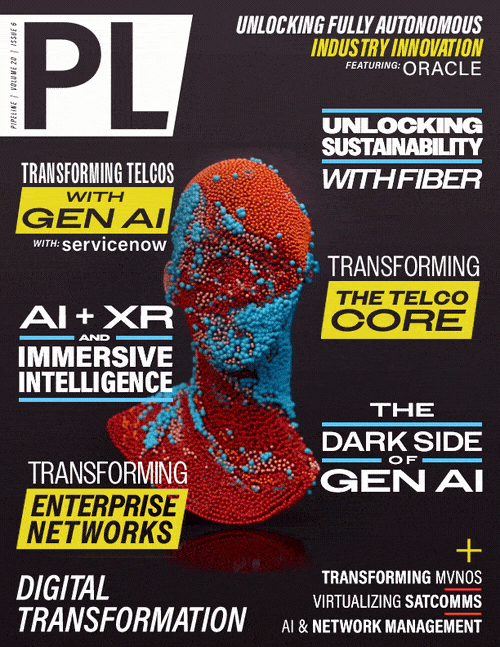The FCC “Fact Sheet”: Myth and Reality
The Future of TV Coalition has released what they refer to as a Fact Sheet with a point-by-point rebuttal of FCC claims regarding set-top box restrictions and the commission's proposal to open up access device competition
The Future of TV Coalition released the following "Fact Sheet" in response to the set-top box proposal released today by FCC Chairman Wheeler: The FCC “Fact Sheet”: Myth and Reality
1. Myth: 99% of subscribers are chained to their set-top boxes, rather than enjoying software solutions.
Facts: Multichannel (MVPD) apps already support twice the number of retail consumer video devices as there are set-top boxes, including the most popular retail set-top box, the apps-based Roku, which outsells TiVo’s “unbundled” box 10:1. Apps ARE software running on consumer owned devices—the market has already delivered.
2. Myth: FCC framework will protect copyrighted content and nothing will change the way programmers have agreed to be packaged.
Facts: FCC strips off the very user interface and other tools that distributors use to present service in a way that honors all licensing terms. Under the proposed framework, content providers ARE NOT assured their agreed-upon channel location or how they will be packaged, they ARE NOT protected from third party ads and marketing that compete with or dilute the advertising agreed to with that programmer, ARE NOT provided the audit and ad verification reports that advertisers depend on, and ARE NOT provided the technical tools for the interactive enhancements they have added to their programming.
3. Myth: Consumers do not need to buy anything, and will save money.
Fact: FCC has kept the technical details obscure, but from all that we have seen, all subscribers will need to pay for the development, testing, integration and support of new in-home, leased devices that consumers would need to connect their AllVid tablets or TVs—whether they want them or not.
4. Myth: Security remains intact
Fact: FCC strips off the user interface and apps which are part of the tool kit used to enforce security and licensing requirements.
5. Myth: The box makes big bucks
Facts: MVPDs pay significant sums to buy and maintain boxes from third party manufacturers, then discount the price in packages and promotions. MVPDs are not wedded to the box—that is why they have poured resources into making apps work on third party devices that consumers actually use.
6. Myth: An open standards body prescribing one standard will make all this work.
Fact: Today, vigorous competition and choice is supported by multiple apps platforms like iOS and Android and none of them or online video providers follow a single standard. It is their very diversity that promotes competition and innovation. The open standards body DLNA, already blessed by the FCC as a safe harbor, with agreement of major CE manufacturers, already endorsed delivering MVPD “apps” over the home network as the solution for delivering the full MVPD experience to retail consumer devices. Prior FCC mandates to use a specific technology, even one developed by others—like 1394—rapidly became outdated in the marketplace yet continued to waste consumer money.
7. Myth: This will promote competition
Fact: Chairman Wheeler has singled out the MVPD industry as the only industry that should not use apps to deliver their services to third party devices, as the only industry that needs to conform to a single standard, as the only industry that needs to redesign their networks to deliver service in a new and unproven way and as the only industry that is required to restructure their service in order to allow tech companies to produce a different service entirely. No online provider, device manufacturer, or edge provider is subjected to this level of government control.
8. Myth: This will help diverse programmers
Fact: Ever since programing has been available online, these tech companies have been able to seek out, promote, pay for and feature independent or diverse programmers on their retail boxes. But they have not: they’ve linked to Netflix and Amazon. They don’t need a federal rule to feature online programmers. You don’t help diverse programming by letting tech companies break their distribution arrangements and siphon off the value they have worked so hard to build.
Source: Future of TV Coalition release

















